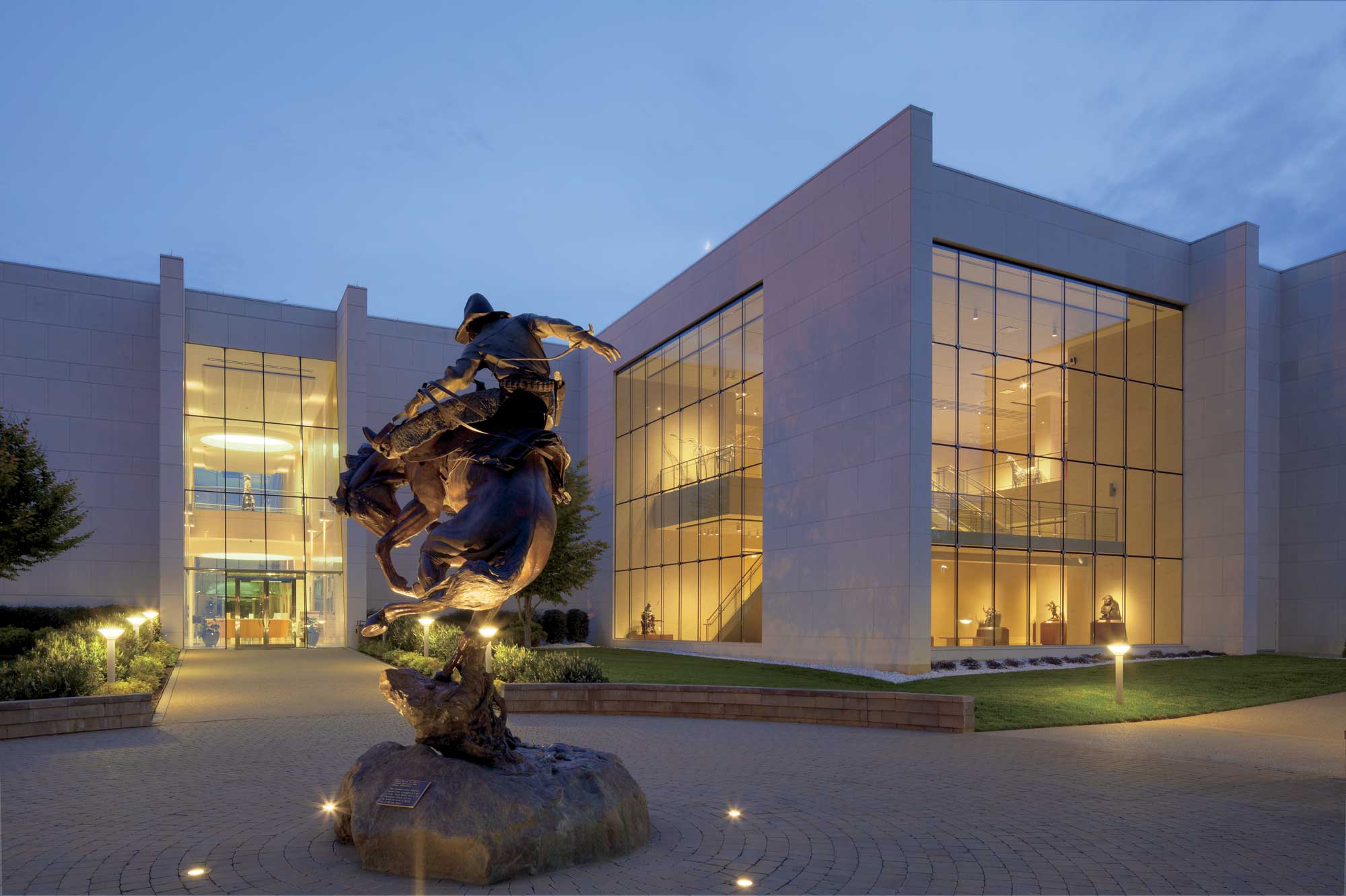
30 May Western Art's Eastern Roots
LONG BEFORE GLOSSY BROCHURES, camera phones and Google image searches, there were artists who forged the American West to capture its vast expanses, mountainous grandeur and native inhabitants. These early explorer artists — often commissioned by the military or private exploration parties — ventured into uncharted territory throughout the mid- to late-19th century, and returned to the East with depictions of raw beauty and rugged landscapes that portrayed the West as a land of possibility, promise and unlimited opportunity.
“These folks were artists and they thought like artists; they created imagery that came out of their imagination and transferred concepts like manifest destiny to the public,” says B. Byron Price, director of the Charles M. Russell Center for the Study of Art of the American West at the University of Oklahoma.
It was the work of early explorer artists that instilled in the art-viewing public back East the idea of the West as the land of the Grand Canyon, the Plains Indians and later, the free-spirited cowboy. It also created a new genre of artistic expression: the art of the American West, which, like the early explorer artists, continues to forge new paths even as it preserves the spirit of the West.
Two museums east of the Mississippi have preserved the traditions of Western American art for their Eastern patrons, and continue to keep the mythology of the Old West alive while celebrating new artistic frontiers forged by contemporary Western artists.
The Booth Western Art Museum
Cartersville, Georgia
Just outside the north entrance to The Booth Western Art Museum stands a 10-foot bronze horse and rider caught in a battle of wills. The piece by Austin Barton is titled Attitude Adjustment, though it’s not clear whose attitude — horse or cowboy — needs adjusting. This iconic Western image perfectly sets the tone for the treasures displayed inside the Booth’s 14 galleries — from traditional works to more contemporary portrayals.
“[The West] symbolizes freedom, independence, the opportunity to make your own way in the world; that is still resonant with a lot of the artists that are working today,” says the Booth’s executive director Seth Hopkins. “It took hard work, it was dangerous, there was a risk-reward proposition, [but] if you worked hard … you could be successful.”
The Booth opened its doors through a local family’s anonymous donation in 2003. In 2009, the 80,000-square-foot gallery expanded, adding 40,000 square feet and doubling its gallery space. The original structure became two galleries that present a chronological look at the first 100 years of Western American art. Here, visitors see the images — by Frederic Remington, Charles M. Russell, George Catlin, Alfred Jacob Miller, Albert Bierstadt and more — that instilled an early sense of American spirit and moved an entire nation westward in hopes of a bright future.
The bulk of Booth’s collection is housed in the new structure, and is made up primarily of living or recently deceased Western artists, providing an expansive perspective of shifts and changes in Western art over the course of the last 50 years. These galleries are rich with work that is stylistically contemporary, but that fits within a broader historical context of Western art. Examples include Kevin Red Star’s portraits of Native American culture, and more ironic portrayals by Fritz Scholder.
Joining the two buildings is a glassed-in, two-story sculpture court that features traditional-style Western sculpture on the main level and contemporary sculpture on the second floor. The museum also houses an extensive Civil War gallery, presidential gallery and more than 200 Native American artifacts on loan from private collectors.
“Our goal is to exhibit the best of Western art as we see it; the Realist traditional that dates back to the history of Western art, and the more contemporary style,” says Hopkins.
The Rockwell Museum of Western Art
Corning, New York
The Rockwell Museum of Western Art began with a West-meets-East love story. Founder Bob Rockwell grew up in Colorado and began collecting anything he could get his hands on — from animal skeletons to butterflies — at an early age. As a young adult, he journeyed east to Corning, New York, in what was supposed to be a temporary stint in his grandfather’s department store. There, he fell in love with Hertha Godley, who worked in the accounting department. The two married and made their home in New York’s Finger Lakes region, where Bob lived out his love of the West by collecting cowboy paintings by Frederic Remington and Charles M. Russell, landscapes by Albert Bierstadt, Native American depictions by Henry Francois Farny and more.
Patrons of the couple’s department store enjoyed the works of art that dotted the walls, but as his collection grew, so did Bob’s desire to display it to a broader audience. In 1974, Corning Glass Works converted Corning’s old city hall building into a museum space, and Bob and Hertha donated the bulk of their collection of Western art. The museum now boasts about 5,000 pieces in its permanent collection and features some of the most renowned artists in the genre.
“Some of our more iconic pieces would definitely be more of our traditional Western art,” says Beth Manwaring, the Rockwell’s marketing and communications specialist. “We have a gallery called the Remington and Russell Lodge; no Western art museum would be complete without the bronze and landscape paintings from those two famous cowboy artists.”
In addition to traditional cowboy art, the Rockwell’s collection includes work from early explorer artists, cowboy illustrations, historic and contemporary Native American pieces, photography and a substantial firearms collection with pieces dating from the late 1800s to the turn of the 20th century.
To complement its permanent collection, the Rockwell hosts roughly three touring exhibitions per year. “I like to make sure we give a wide offering of exhibitions throughout the year and throughout a multi-year period so [visitors] get exposed to modern or contemporary art and more traditional art,” says Sheila Hoffman, the museum’s curator.
With its roots firmly planted in the East, Western American art continues to capture the national imagination, and draw an audience from every corner of the United States and beyond. “The West has always stood for America, in many ways; what we most like about ourselves and the courage and rugged individualism,” says Price. “While it is surprising to find a museum devoted to this kind of artwork in a setting that is not in the West, I say why not? Great art speaks across time and place and among a variety of different people.”
- Modern West Gallery, Booth Museum
- Civil War Gallery, Booth Museum
- Rockwell Museum by Frank Borkowski
- Rockwell Museum’s Visions of the West Gallery
- Tom Murphy, Crystal Creek Aspens, photograph, 28 X 38 inches
- N. C. Wyeth, I Shall Never Forget the Sight. It Was Like a Great Green Sea, 1918, oil on canvas. Photo Frank Borkowski
- Bierstadt | Mt. Whitney
- Henry Farny, On the Trail in Winter, 1894, gouache on paper. Photo James O. Milmoe
- Joseph Sharp, Prayer to the Spirit of the Buffalo, 1910, oil on canvas. Photo Charles Swain
- Relax inside the Rockwell Museum of Art in the Remington and Russell Lodge. Photo by Frank Borkowski







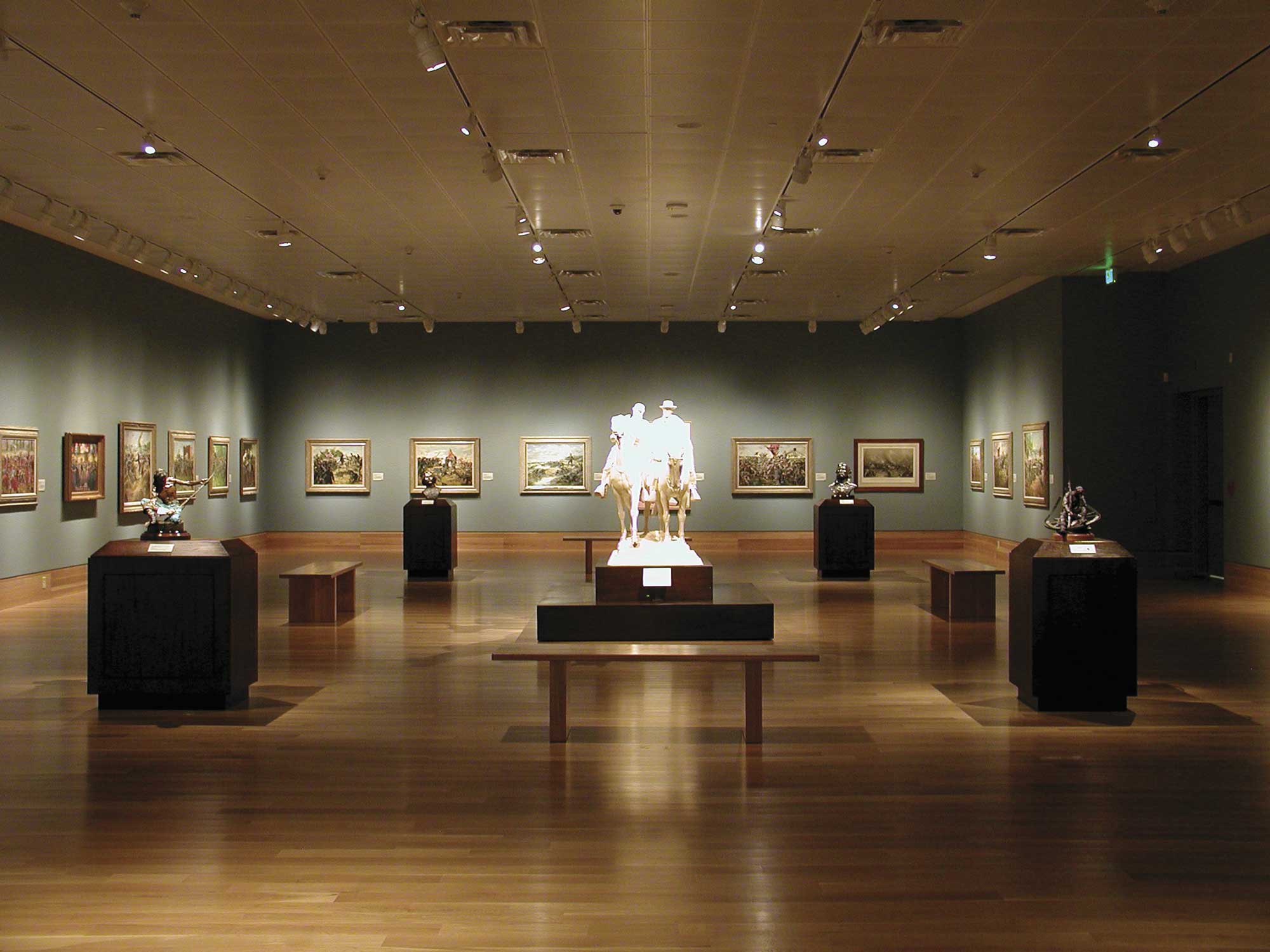
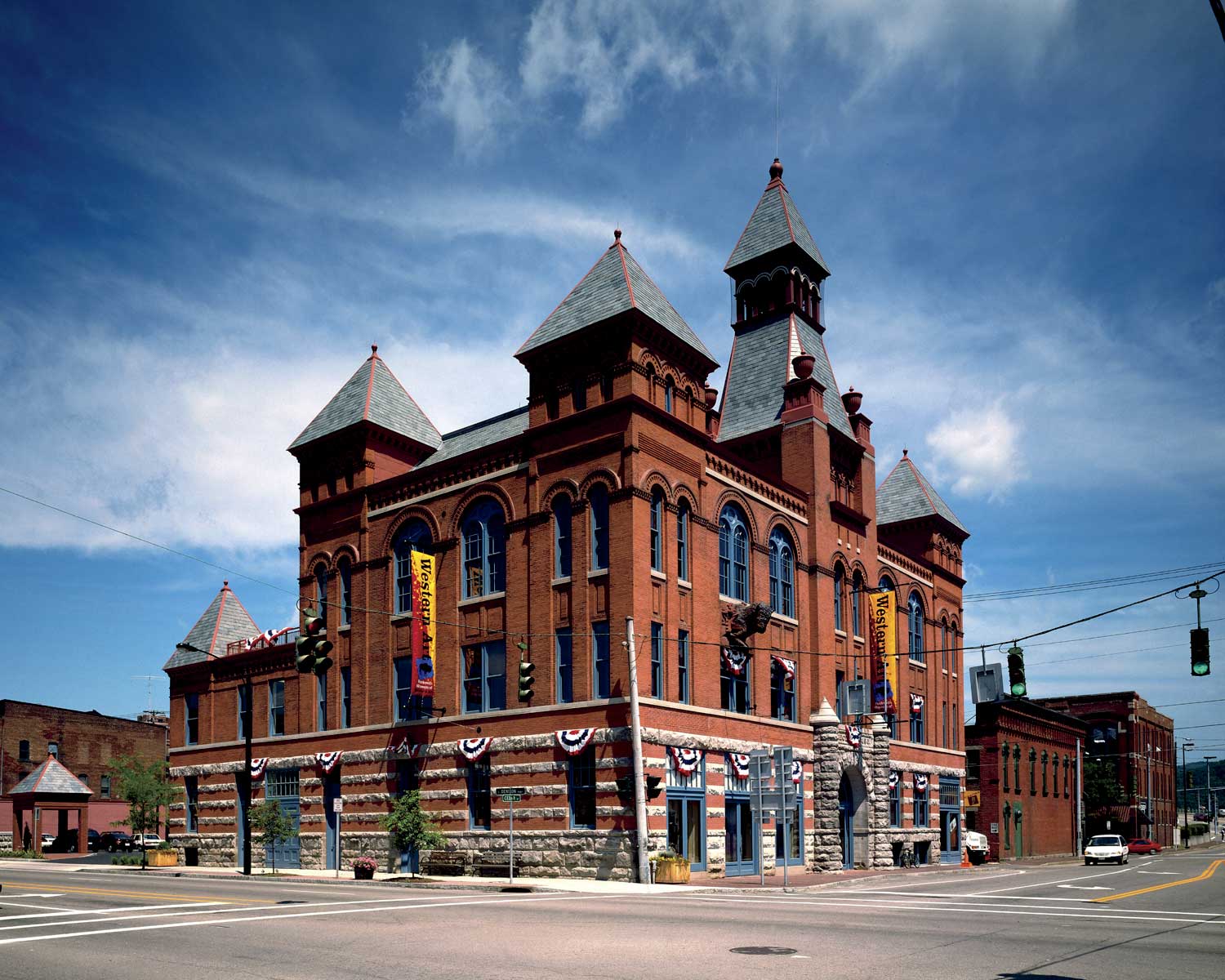
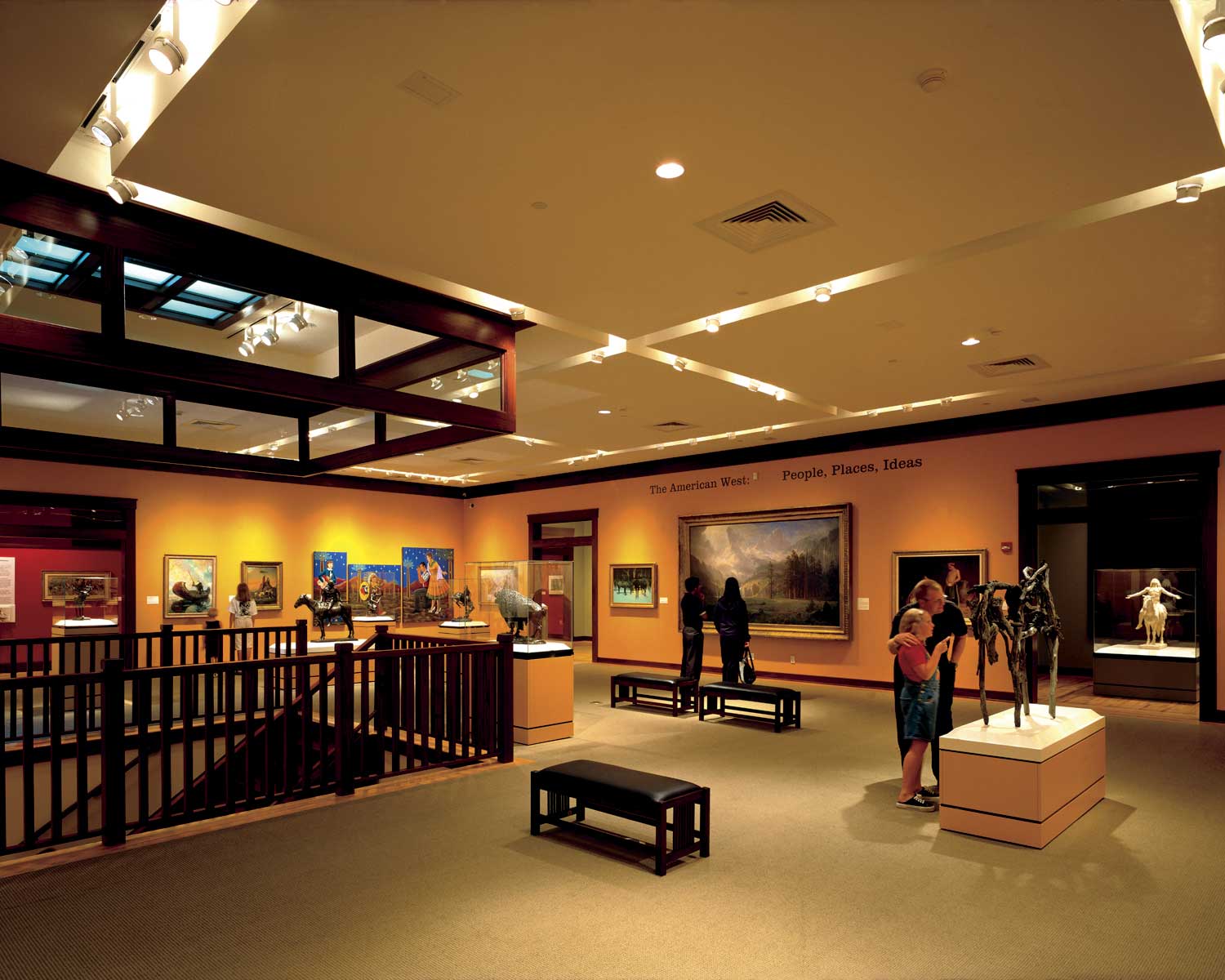

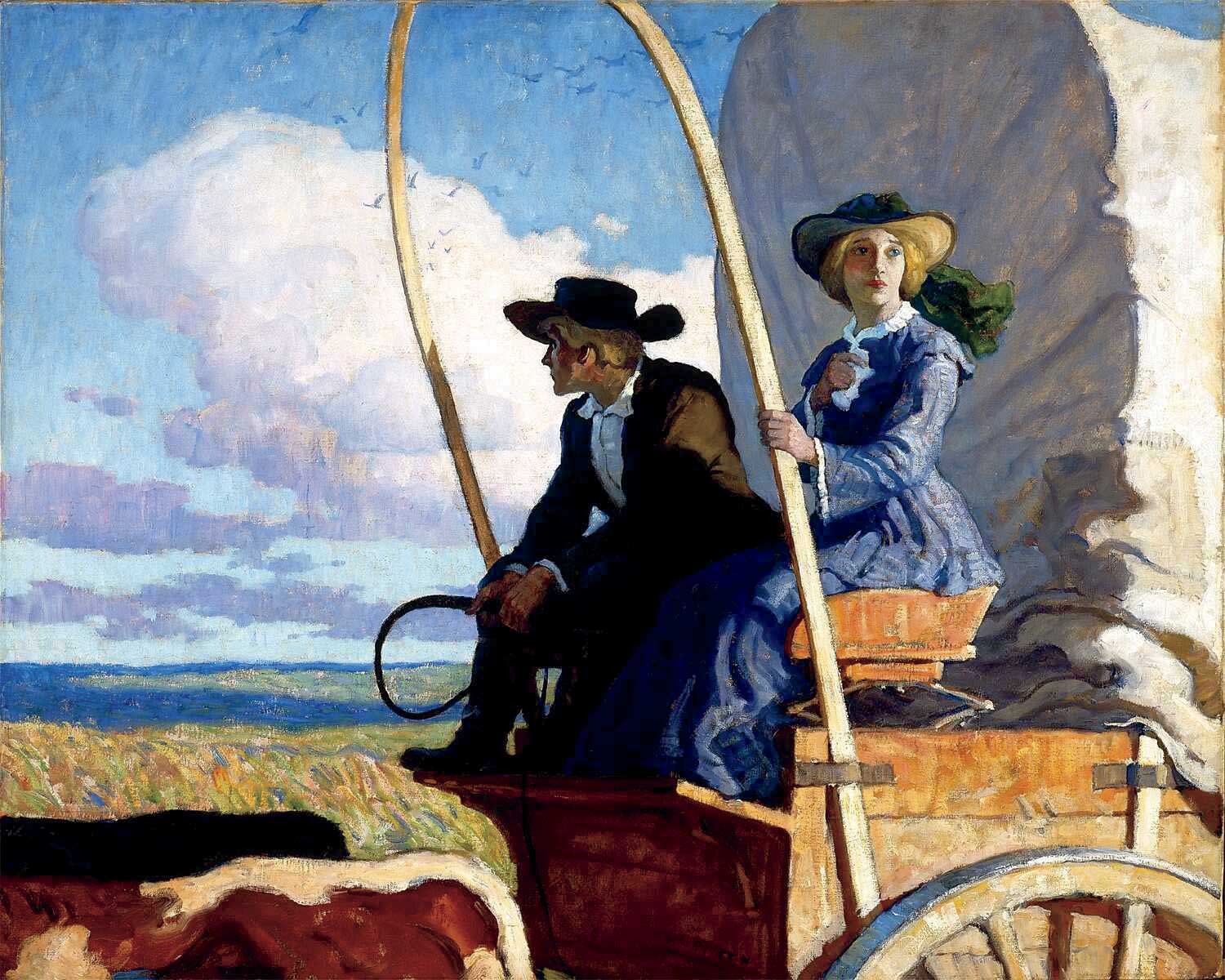
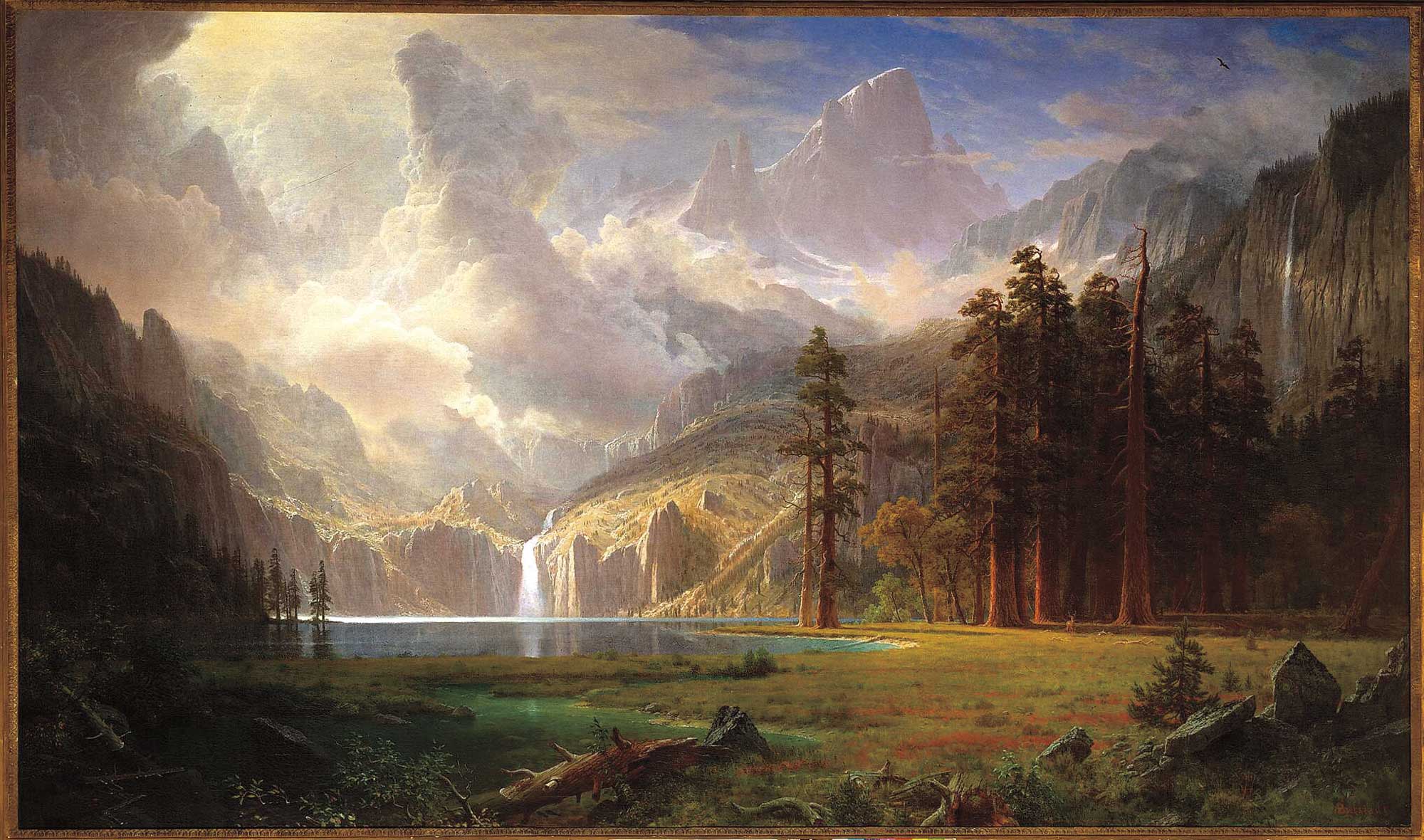
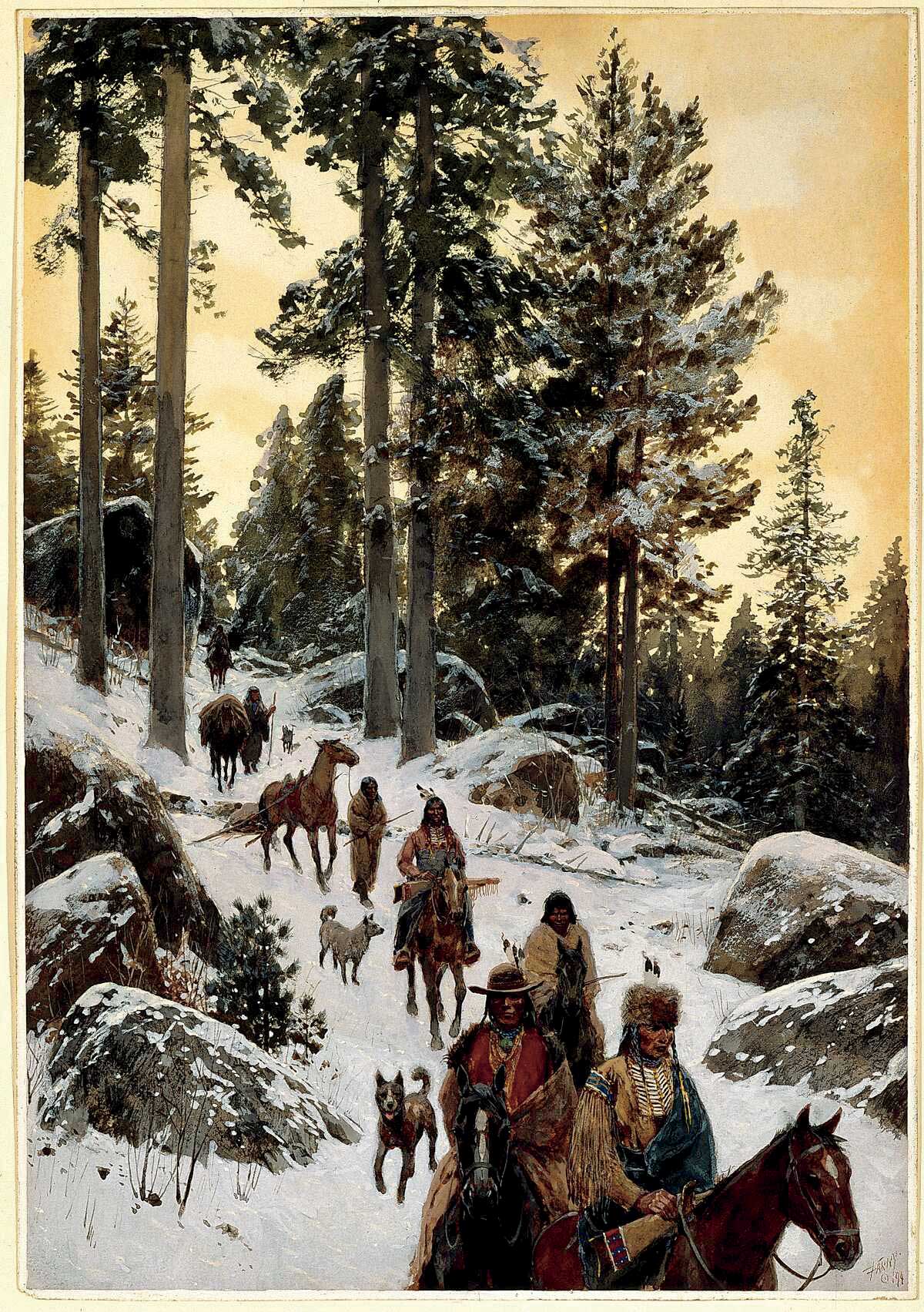

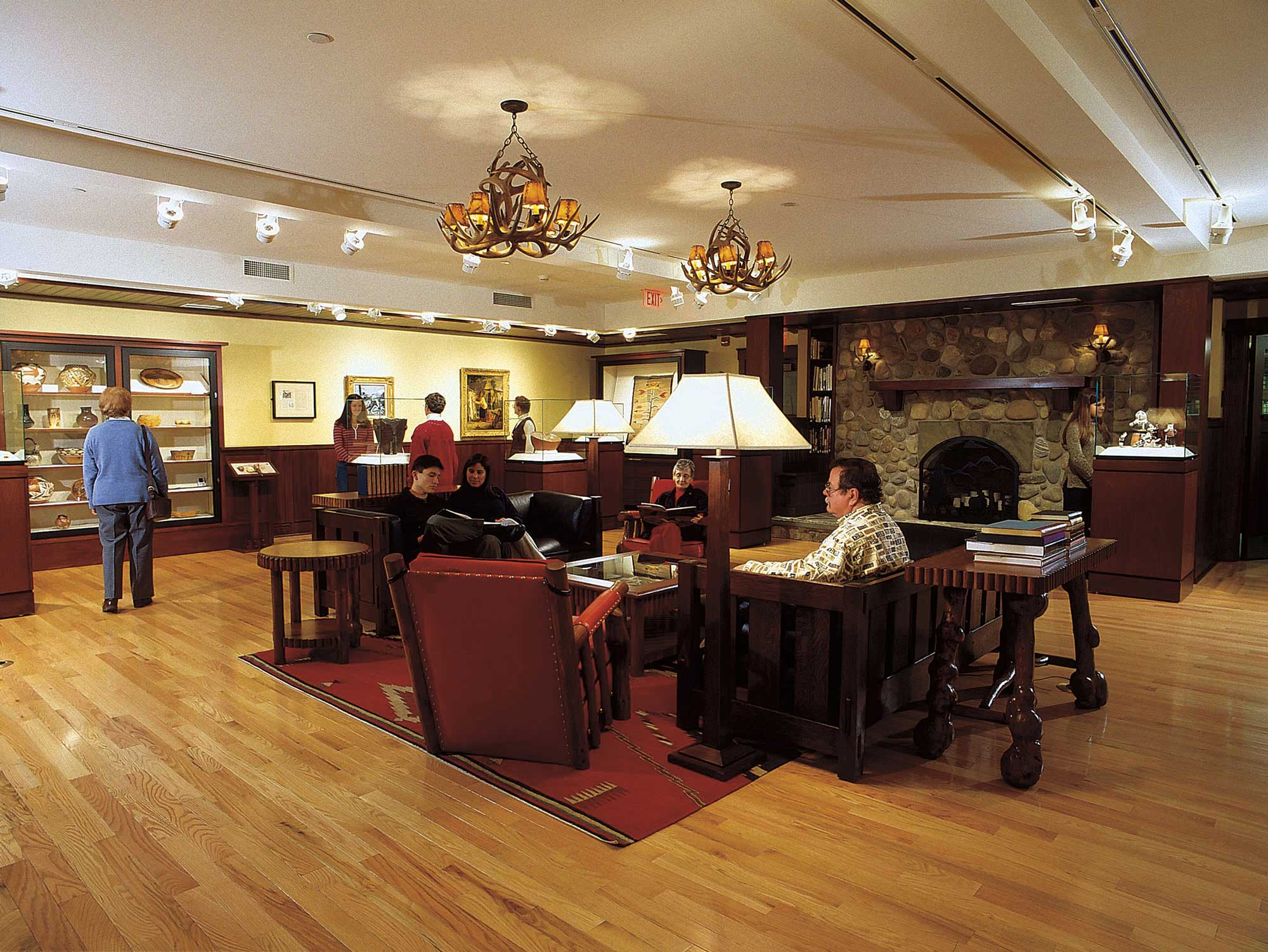
No Comments